Description
The instruction for medical use
of Daksas Torgovoye medicine a name
Daksas
Mezhdunarodnoye the unlicensed
name Roflumilast Lekarstvennaya
the Tablet form, film coated 0.5 mg
Structure
1 tablet, film coated, contains:
active agent – roflumilast 0.5 mg
excipients: lactoses monohydrate, starch corn, povidone (K90), magnesium stearate, water purified
structure of a film cover: a gipromelloza (2910), a macrogoal 4000, the titan dioxide (E 171), ferrous oxide yellow, the water purified.
The description
of the Tablet, coated yellow color, a D-shaped form with an engraving of D on one party. On a break a kernel of white or almost white color
Pharmacotherapeutic group
Other drugs for treatment of obstructive respiratory diseases for system use.
The code of automatic telephone exchange R03DX07
the Pharmacological
Pharmacokinetics of Roflumilast properties is actively metabolized in an organism, with formation of the basic of a pharmakodinamicheska of an active metabolite – roflumilast N-oxide. As and roflumilast and N – oxide of the roflumilast participate in inhibition of activity of phosphodiesterase 4 – FDE4 (in vivo), pharmacokinetic properties are based on the general inhibition of activity of FDE4 (i.e. total action of the roflumilast and N – roflumilast oxide).
Absorption
the Absolute bioavailability of the roflumilast after oral administration of 500 micrograms is about 80%. The maximum concentration of the roflumilast in blood plasma is usually reached in one hour after reception (ranging from 0.5 till 2 o’clock). The maximum concentration of N-oxide of the roflumilast is reached in 8 hours (from 4 to 13 hours). Meal does not affect the general inhibiting activity of FDE4, but time of achievement of the maximum concentration (tmax) of the roflumilast for one hour detains and lowers Cmax approximately by 40%. However meal does not influence Cmax and tmax N-oxide of the roflumilast.
Distribution
Linking with proteins of plasma of the roflumilast and N-oxide of a metabolite makes about 99% and 97% respectively. The volume of distribution of a single dose, 500 micrograms of the roflumilast, is about 2.9 l/kg. Roflumilast it is easily distributed on bodies and fabrics, including fatty tissue. After an initial phase of distribution with the significant penetration into fabrics the phase of the significant removal from fatty tissue, most likely, owing to accurately significant metabolism of the roflumilast in its metabolite N-oxide follows. Roflumilast has low extent of penetration through a blood-brain barrier. Roflumilast and its metabolites do not kumulirut in bodies and fatty tissue.
Biotransformation
of Roflumilast is actively metabolized by means of reactions of phase I (P450 cytochrome) and phases II (konjyugirovany). The metabolite of the N-oxide roflumilast is the main metabolite found in blood plasma of the person. The area under pharmacokinetic curve N-oxide roflumilast on average in 10 times more the areas under a pharmacokinetic curve of the roflumilast. Thus, the metabolite N-oxide of the roflumilast is considered the main substance having inhibiting effect on FDE4 (in vivo).
Metabolism of the roflumilast in its active N-oxide a metabolite happens to participation of CYP1A2 and 3A4. In-vitro is established that roflumilast and its active metabolite N-oxide in therapeutic concentration in blood plasma is not inhibited by CYP1A2, 2A6, 2V6, 2S8, 2S19, 2D6, 2E1, 3A4/5, 4A9/11. Also in-vitro is established that roflumilast and its active metabolite N-oxide do not cause induction of CYP1A2, 2A6, 2S9, 2S19, 3A4/5, and roflumilast has the weak inducing effect on CYP2B6.
Removal
Plasma clearance after short-term intravenous infusion of the roflumilast makes 9.6 l/hour. After oral administration the elimination half-life of the roflumilast and N-oxide makes about 17 and 30 hours, respectively. Stable concentration of the roflumilast and N-oxide is reached approximately in 4 days for the roflumilast and 6 days for N-oxide after reception of a single daily dose. After intravenous or oral administration of the roflumilast about 20% are removed with a stake and 70% with urine in the form of inactive metabolites.
The linear pharmacokinetics of the roflumilast and N-oxide in the range of doses from 250 mg to 1000 mg is observed.
Special groups of patients
At elderly patients, women and persons not of Caucasian race the general inhibiting activity of FDE4 increased. The general inhibiting activity of FDE4 decreased at smokers a little. No of these changes can be considered as clinically significant. Therefore it is not recommended to carry out any corrections of doses concerning these groups of patients.
The renal failure
the General inhibiting activity of FDE4 decreased by 9% at patients with a serious renal failure (the clearance of creatinine is 10-30 ml/min.). Correction of a dosage is not required.
The liver failure
drug Daksas Pharmacokinetics, on 250 mg once a day, was investigated on patients with a weak and moderate liver failure according to classification of Chayld-Pyyu And yes Century. The general inhibiting activity of the roflumilast and N-oxide on FDE4 enzyme was 20% higher at the patients belonging to group A on Chayld-Pyyu and for 90% – at the patients belonging to group B on Chayld-Pyyu.
The pharmacodynamics
of Roflumilast represents inhibitor of phosphodiesterase 4 (FDE4), the nonsteroid, anti-inflammatory drug directed to treatment of the system and pulmonary inflammatory processes connected with the chronic obstructive pulmonary disease (COPD).
The inhibition of FDE4 leads to increase in intracellular level of cyclic adenosinemonophosphate (tsAMF) and weakening of the leukocytes connected with HOBL of dysfunction, cells of airways and pulmonary vascular unstriated muscles, endothelial cells and epithelial cells of airways, and also fibroblasts. Stimulation of human neutrophils, monocytes, macrophages or lymphocytes (in vitro) showed that roflumilast and N-oxide of the roflumilast weaken release of mediators of inflammation, such as B4 leukotriene, active forms of oxygen, a factor of necrosis of tumors α, interferon γ and granzy
V.U of patients with HOBL roflumilast lowers the level of neutrophils in a phlegm, and also reduces migration of neutrophils and eosinophils in airways.
Indications
– the supporting treatment of the chronic obstructive pulmonary disease (COPD) associated with chronic bronchitis at adults with risk of frequent exacerbations of a disease as a part of complex therapy.
A route of administration and doses
the Recommended dose 1 tablet (0.5 mg) a day. Daksas is applied is long.
Tablets need to be washed down with water and to accept daily at the same time irrespective of meal.
For achievement of therapeutic effect the treatment within several weeks can be required.
Elderly (65 years are also more senior)
dose adjustment is not required.
Side effects
Adverse side reactions are distributed in the following order, taking into account emergence frequency: the most frequent (≥1/10), frequent (≥1/100 to
Often
– weight reduction, a loss of appetite, diarrhea, nausea, an abdominal pain
– a headache, a sleep disorder
Infrequently:
– hypersensitivity to drug components, allergic reactions, rash
– concern, a tremor, dizziness, vertigo, weakness, discomfort, an indisposition, an asthenia, fatigue
– a cardiopalmus
– gastritis, vomiting, an eructation, digestion disturbance, a gastroesophageal reflux disease, dyspepsia
– spasms of muscles and muscle weakness, myalgia, dorsodynias.
Seldom
– a gynecomastia
– hyperexcitability, a depression
– decrease in flavoring feelings
– respiratory infections (except for pneumonia)
– a blood chair, a constipation
– increase in a liver and increase in level of hepatic enzymes (a kreatinfosfokinaza, gamma glutamil – transferase, aspartate aminotransferase)
– allergic reactions of skin, a small tortoiseshell
– heartbeat
– sweating
– a dysgeusia
– a gematokheziya.
At emergence of heavy allergic reactions stop administration of drug and immediately see the doctor.
Contraindications
– hypersensitivity to a roflumilast or any other components of drug
– children’s age up to 18 years
– the average or severe form of a liver failure (In or With on classification of Chaylda-Pyyu)
Medicinal interactions
by the Main stage in metabolism of the roflumilast is N-oxidation of the roflumilast in roflumilast N-oxide by means of CYP3A4 and CYP1A2 cytochrome. And roflumilast, and N-oxide of the roflumilast have the internal inhibiting activity of FDE4. Therefore after reception of the roflumilast the general inhibiting activity of FDE4 represents total influence of both the roflumilast, and roflumilast N-oxide. Clinical trials of interaction with inhibitors of CYP cytochrome 3A4, erythromycin and ketokonazoly, showed increase in the general inhibiting activity of FDE4 by 9% (i.e. the general exposure of the roflumilast and N – roflumilast oxide). Interaction researches with CYP1A2 cytochrome inhibitor, fluvoksaminy, and double CYP3A4/1A2 inhibitors, enoksatsiny and Cimetidinum, showed increase in the general inhibiting activity of FDE4 – 59%, 25% and 47% respectively. The combined use of the drug Daksas with these active agents can lead to strengthening of action and constant intolerance. In this case it is necessary to reconsider a question of the Daksas drug treatment.
Led reception of the inductor of P450 cytochrome of rifampicin to decrease in the general inhibiting activity of FDE4 approximately for 60%. Therefore use of strong inductors of P450 cytochrome (for example, phenobarbital, carbamazepine, Phenytoinum) can lead to decrease in therapeutic effect of the roflumilast.
The concomitant use with theophylline led to increase for 8% of the general inhibiting activity of FDE4. At an interaction research with the oral konratseptiva containing gestoden and ethinylestradiol, the general inhibiting activity of FDE4 increased by 17%.
No interaction with the inhalers containing salbutamol, formoterol, budesonid and drugs primenyamy inside montelukast, digoxin, warfarin was observed sildenafit also midazolam.
The concomitant use with antiacid drugs (an aluminum combination hydroxide and magnesium hydroxide) did not change indicators of absorption or pharmacokinetic properties of the roflumilast or N-oxide of the roflumilast.
The special
instructions Daksas it is not intended for treatment of a bad attack of an asthma (acuity bronchospasms).
Weight reduction.
If you have a body underweight, you need to control the weight regularly. If during administration of drug, you observe the involuntary loss of weight (which is not connected with diets or exercises), it is necessary to consult with the doctor.
Special clinical conditions
Due to the lack of the corresponding experience, it is not necessary to begin the Daksas drug treatment or it is necessary to stop Daksas’s use for patients with serious immunological diseases (such as HIV infection, multiple sclerosis, a system lupus erythematosus, the progressing multifocal leukoencephalopathy), acute serious infectious diseases, malignant tumors (except a basal and cellular carcinoma), or at the patients accepting treatment by immunosuppressants (a methotrexate, Azathioprinum, infliksimab, etanersept, long oral administration of corticosteroids, except for corticosteroids of short action). Limited experience of treatment of patients with latent forms of infectious diseases as tuberculosis, a viral hepatitis, a virus of a herpes simplex and the surrounding herpes. Safety and Daksas’s efficiency is not studied at patients with stagnant heart failure therefore it is not recommended to apply at this group of patients.
Mental disorders.
Use of the drug Daksasa can lead to increase in risk of mental disturbances, such as insomnia, alarm, nervousness and depression. In clinical trials exceptional cases of development of suicide thoughts and behavior were observed. Therefore if patients report about earlier shown psychiatric symptoms or such symptoms are shown at them now or if the accompanying therapy by other medicines connected with the probability of emergence of mental disturbances is planned it is necessary to carry out careful assessment of risk and advantage connected with the beginning or continuation of the Daksas drug treatment. Patsiyentov it is necessary to instruct about need to notify the doctor who appointed treatment, on any changes in behavior, mood or emergence of suicide thoughts of any character. Daksas is not recommended to use for patients with existence in the anamnesis of the depression associated with emergence of suicide thinking and behavior.
Steady intolerance. In spite of the fact that adverse reactions such as diarrhea, nausea, an abdominal pain and a headache arise generally in the first weeks of treatment and in most cases take place at treatment continuation, in case of steady intolerance it is necessary to reconsider a question of the Daksas drug treatment.
The steady intolerance can arise in case of special populations, in particular, of the black non-smoking women or patients receiving treatment by CYP1A2 inhibitor fluvoksaminy or two CYP3A4/1A2 inhibitors enoksatsiny and Cimetidinum.
Daksas along with theophylline is not recommended to accept. The patients suffering from hereditary intolerance of a galactose deficiency of lactase or a syndrome of insufficient absorption of glucose galactose should not accept Daksas.
The tablets Daksas contain lactose. The patients suffering from hereditary intolerance of a galactose, a lactose intolerance or a syndrome of insufficient absorption of glucose – a galactose should not take this drug.
Daksas is not recommended to accept pregnancy and the period of a lactation to the pregnant women and women of reproductive age who are not using contraceptives, also the drug should not be taken during feeding by a breast.
The feature of influence of medicine on ability to run the vehicle or potentially dangerous
Daksas mechanisms does not influence ability to run the vehicle or potentially dangerous mechanisms.
Overdose
Symptoms: headache, disturbances of work of digestive tract, vertigo, cardiopalmus, dizziness, humidity of hands and arterial hypotension.
Treatment: corresponding replacement therapy. As drug substantially contacts proteins, the hemodialysis is not an effective method of its removal.
A form of release and packing
On 10 tablets in blister strip packaging from a film of the polyvinylchloride and aluminum foil varnished.
On 1, 3 or 9 planimetric packs together with the instruction for use in the state and Russian languages place in a pack from cardboard.
Storage conditions
At a temperature not above 30 °C.
To store out of children’s reach.
A period of storage
3 years
not to use drug after expiry date
Prescription status
According to the prescription
of Proizvoditel Nikomed GmbH, Germany.
Made: Nikomed Oraniyenburg GmbH, Germany.
The address of the organization accepting in the territory of the Republic of Kazakhstan claims from consumers on quality of products (goods)
of Nikomed Ostevropa Marketing Service GmbH
Almaty, Begalin St. 136 and
Phone number (727) 2444004
Fax number (727) 2444005
To Develop the e-mail address of aknu@nycomed.com
Additional information
| Ingredient |
|---|





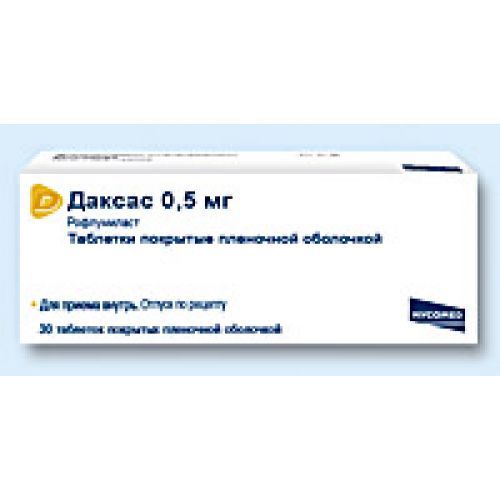
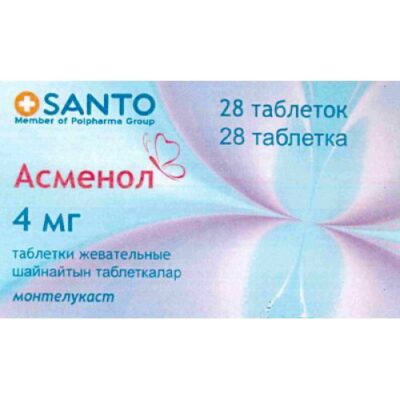
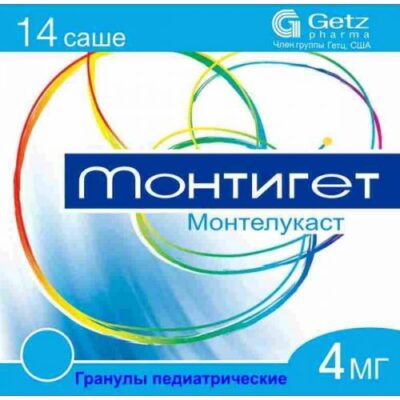
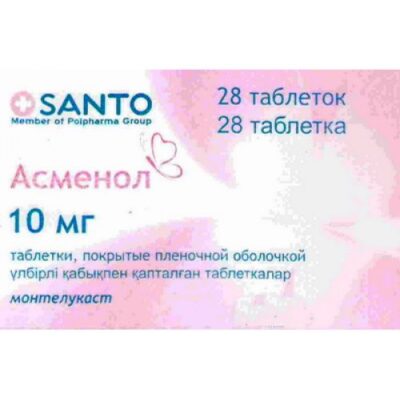
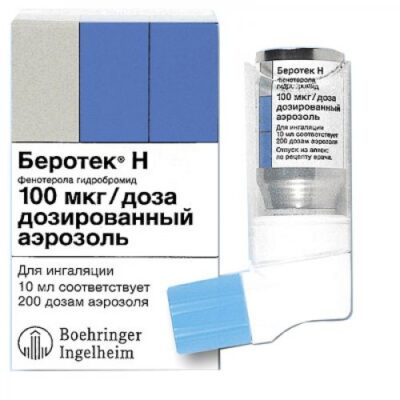
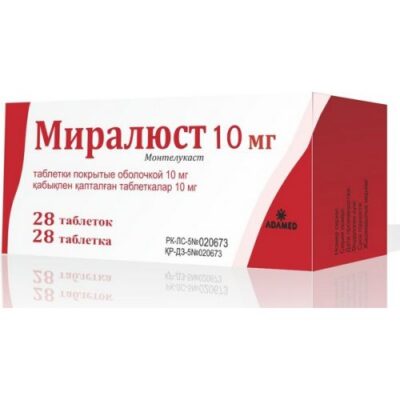
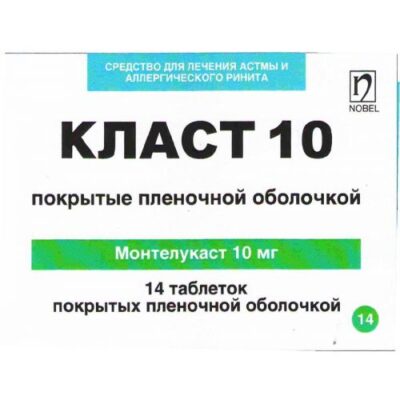
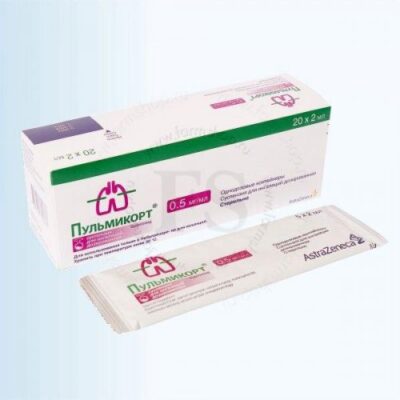
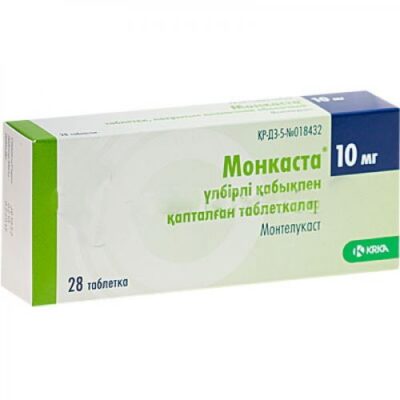
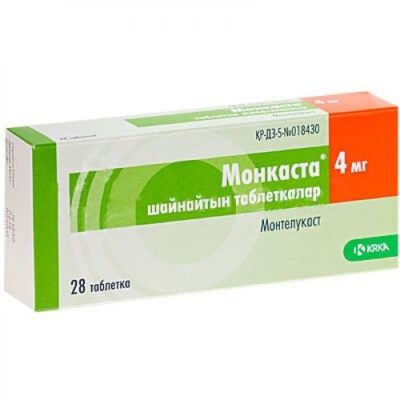
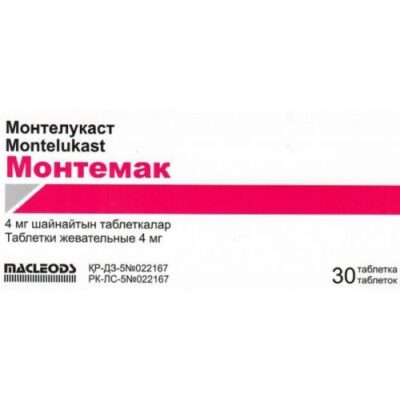






Reviews
There are no reviews yet.